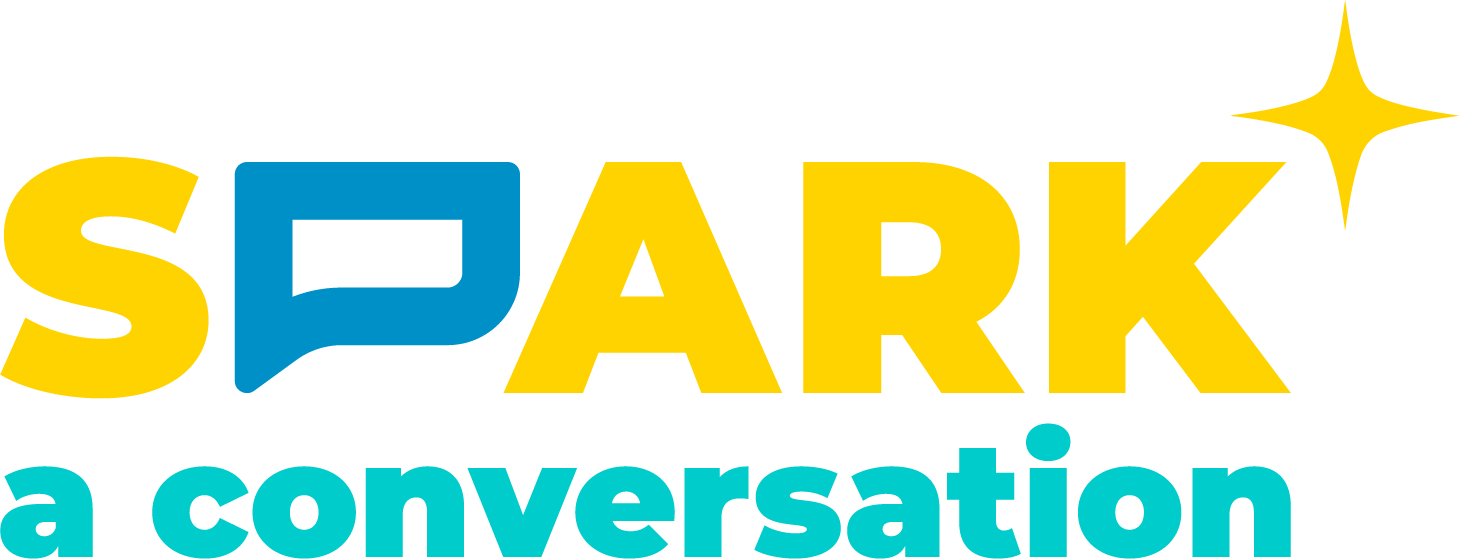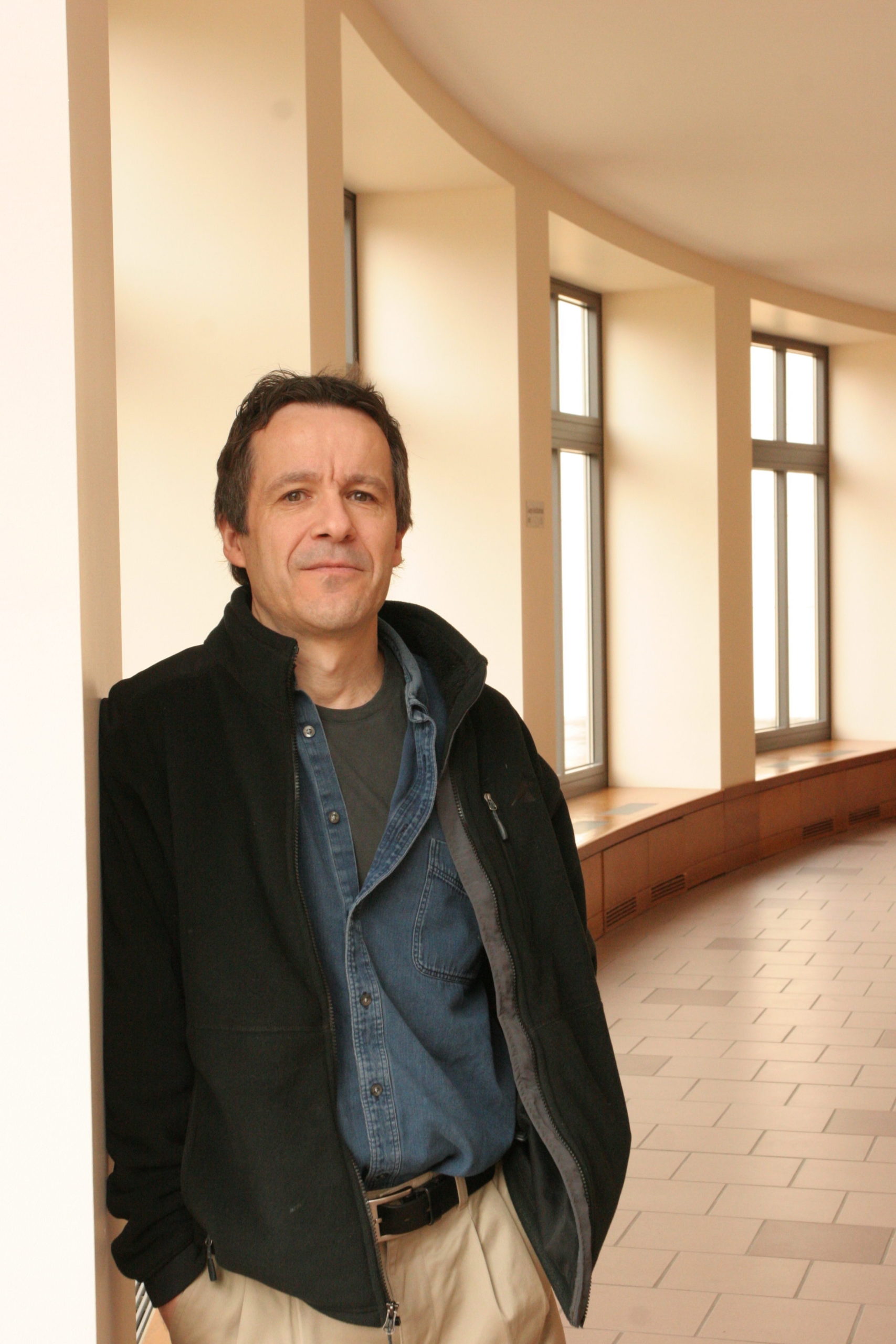
Applied Mathematician Bernard Chazelle uses math and computers to explain the movements of flocks of birds and other large groups of living things.
What’s the largest group of animals or insects you have seen? What were they doing?
Imagine the planets and stars located throughout the universe. Each one moves according to one set of rules, studied by physicists, astronomers, and astrophysicists. Gravity, for instance, applies to objects in space in one way which changes according to laws of physics we understand. Larger bodies (like Earth’s sun) create stronger forces of gravity. The further you are from any very large objects in space, the less you pulled by gravitational force.
But what if each planet “had its own rules and decided to move in a different way, depending on what the other planets do?” What kind of math would help us understand a system in which each part had its own mind, like a flock of birds?
Computer Scientist Bernard Chazelle, an applied mathematician, searches for codes, the rules that guide not inanimate objects like planets and stars but different forms of life here on Earth. To do this, he has to look beyond the discoveries of physicists to those of biologists.
Equations, from the ones you learned in elementary school to those used by physicists to understand force and energy, are relatively simple statements of fact. 7 + 3 = 10; 56 ÷ x = 7; F = ma; E=mc^2. Algorithms, on the other hand, are sets of rules that help you solve problems. More complicated than equations, algorithms are like recipes, says Chazelle. “Most algorithms people have heard of are really works of engineering. When you search on the web, you use Google’s algorithm. When you use Amazon or Netflix, you use those algorithms. They help you accomplish a certain goal.” In the case of natural algorithms, the engineer is not a person but the process of natural selection.
One of Chazelle’s “rock-solid beliefs” is that the biological world of living creatures and plants “is built around the concept of algorithms, not of equations.” In other words, you can’t understand the patterns on an apple’s skin or the behavior of birds flying together with only a set of equations. To begin to understand organisms in all of our complexity, one must investigate natural algorithms — the complicated recipes that make life unfold in the ways that it does.
“The physical universe is built around invariance and symmetry. It’s like when you do origami: you have a little design and then when you unfold [the paper], everything looks beautiful.” “Classical mathematics is the language of symmetry: that’s the reason why there’s a perfect match between physics and mathematics.” But “the language to talk about biology cannot be only the language of classical mathematics.”
Think about animated movies you have seen (Finding Nemo, for instance). Some of these films imitate schools of fish and flocks of birds swimming and flying through worlds thought up by human beings and drawn with the help of computers. In the 1970s, it was not yet possible for artists and computer programmers to create such realistic movements of large numbers of animals. What changed?

Technologists worked with biologists and came up with algorithms, recipes that came close enough to the real behavior of animals that they could help computers imitate them. “Craig Reynolds played with computer simulations to create virtual reality computer graphic animations of birds. He started thinking about it: when you have a flock of birds, there are a few rules that birds want to follow.” For instance, “they don’t want to collide: when they get very close, they want to get away from each other (that would be one rule).” Another rule would be that “if one bird starts flying completely off, he starts panicking and decides ‘I’ve got to get back to the flock.’” Reynolds put these rules together, “built a simulator, and was astonished by how well the system was doing.”
If you watch a large flock of birds migrating south for the winter or a group of pigeons circling overhead, you might think that the group has one mind, that somehow one leader or the entire group itself is organizing its movements all at once. But the reality is more complicated. Each bird in a flock can be considered an individual decision-maker or “agent.” “What looks like a group with one mind, deciding to fly in a triangular shape, to turn right or left, to fly up or down, is really many individuals making decisions based on the behavior of the birds right around them.” “You have agents: little units (here, an agent would be a bird).” But the agent in other situations might be a piece of a different puzzle. “If you’re trying to do a simulation of a football match, an agent would be a football player. You could have an agent be a bacteria or a fish.” “Each agent receives information from the other agents and from the environment.” “This produces what is often called ‘emergence,’” group behavior which emerges from the actions of many individuals.
Studying emergence is not just useful for animating movies and better understanding how animals move in large groups. Chazelle explains that emergence and “swarm optimization” — the ways birds, swarms of ants and other insects, and people clapping or “doing the wave” in stadiums behave — are ways that computer scientists “try to steal ideas from nature.” They “try to see whether we can use these techniques to solve problems that have nothing to do with nature.” If you want to find the best ways to control traffic in a crowded city or if “you have a fire in a hotel and you want to have emergency doors to get people out without creating panic, with as much safety as possible,” it can be useful — vital, even — to use these patterns learned from birds and bugs to organize people’s movements through the streets or out of the hotel.

On the other hand, says Chazelle, life continues to outrun the capabilities of computers. “If a computer paints a synthesized apple (a model of an apple, not a photograph), you can look at it and spot right away that it’s not a real apple.”
Humility is one of the many things one learns by listening to Bernard Chazelle. A passionate fan of Johann Sebastian Bach and many other musicians, Bernard originally wanted to become one himself. “As a child, I had two passions: one was music and the other was philosophy — it was not mathematics. I discovered fairly quickly that my skills in music did not match — I thought I was just not good enough — though I did maintain this passion: it’s still very vibrant in my life.”
Growing up in France, he gradually found the field of mathematics calling to him more strongly than did philosophy. “So I went into mathematics. But then when it became time to do my PhD, I wanted something different yet mathematical, because that’s where my skills were.” He met people who worked on the mathematics of the relatively new field of computer science at California’s Stanford University. Intrigued, though “I didn’t know anything about computer science,” Chazelle “came to the US to do my PhD in a field I knew nothing about” — the “field called algorithms,” which investigates “the mathematical aspect of what makes a computer do what it does.” And after working within this field for some time, he “started going to talks of people working on birds, on fish, and on bacteria” and began to conclude that “these people don’t realize it but they’re really working in algorithms.”
That’s how Applied Mathematician Chazelle, now the Eugene Higgins Professor of Computer Science at Princeton University, began immersing himself in biology and investigating the mathematics behind it.

